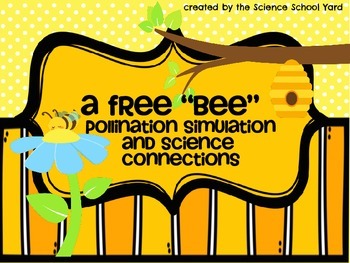We each come back to school with new passion for our positions, new goals set, and along with that you want to find ways to get to really know your students right away.
I love starting the year off with STEM challenges! Not only do they allow me to see how my students work in groups or teams, I can see their personalities shine through when given a challenge!
When starting the year, we often search for great ice breakers that can also allow us to see if our students have the growth mindset that will allow them to persevere and problem solve when faced with challenges.
A STEM challenge can do all of that in a very short period of time. Although going through procedures and expectations are a must, an engaging STEM challenge can be the perfect insight into getting to know your new kiddos!
Here are a few tips to get your STEM Stations ready for back to school!
Tip 1: Supplies
Get organized by finding bins or buckets that can store your supplies. I was able to get plastic tubs donated from a local hospital to keep many of my STEM and science supplies in. Shoe boxes or even pencil cases make great STEM storage supplies more organized.
Tip 2: Designate a Spot
I like to designate a spot in my room for STEM and science supplies. When it is time for your students to get materials, they always know where to go. I call it the STEM store. I assign numbers each time they come in the room. When it is time to get supplies, they know where to go to get them, and then when it is time for clean up a student's number is called to return any supplies that can be reused. It cuts down on waste, time wasted, and it help you stay organized especially if you have back to back classes like I do!
Tip 3: Ice Breakers
Starting off your year with a team builder is always a great way to kids actively engaged! I love this free pack from Smart Chick. Can You Save Fred?
I love creating my own activities, but this activity was one I used when I started six years ago so I guess it is my go to for getting my students working together, however as we progress into our back to school challenges, I love my differentiated back to school lessons for my K-5th graders!
For kindergartners and first graders and first graders I use Jenga or the blocks from the FOSS Tree unit. Perfect for little hands! As the students get a bit older I add other supplies for them to create with!
Tip 4: Free Supplies
Often, I get asked how you can find cheap or free supplies for your STEM stations. I first create a box for outside my door that says donations. We are an 82% poverty school so those supplies might be egg cartons, toilet paper rolls, empty boxes, or even newspaper. I have a list for you to hang up for your donation box!
 |
| Free Donation Sign |
I like to have all of my activities for my STEM lab set to go before I get back. I love that we can readily find apples and I can usually find apple donations for our STEM labs. I created some fun free apple activities to help my K-2nd grade teacher friends found {HERE}.
If you are looking for more STEM-tastic ideas...Check these Apple-ing theme packs {HERE}
Whether you have been in school...already back...or preparing to go back...the Science School Yard can help you make Science and STEM child's play!


















































